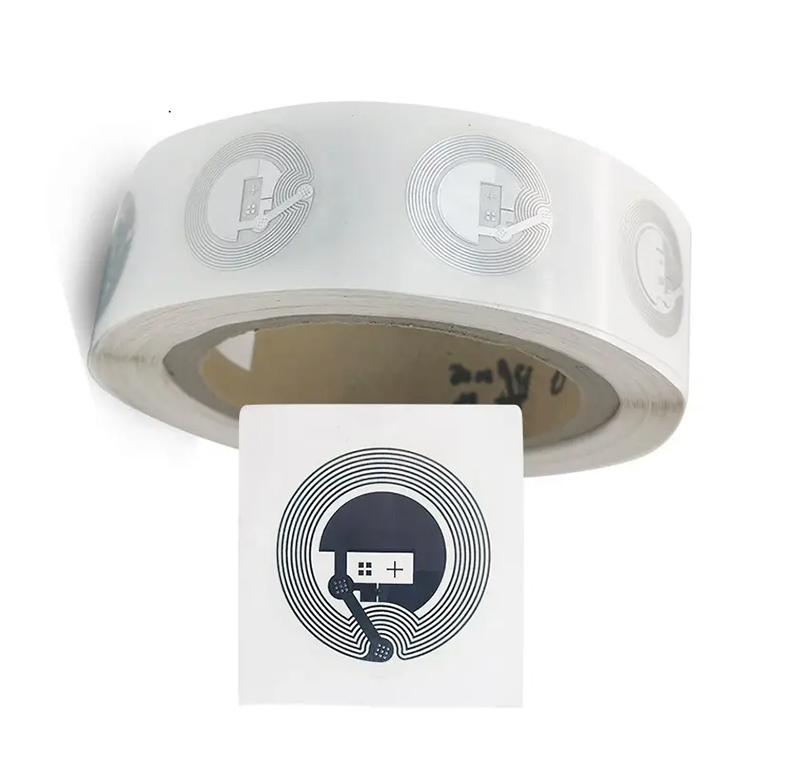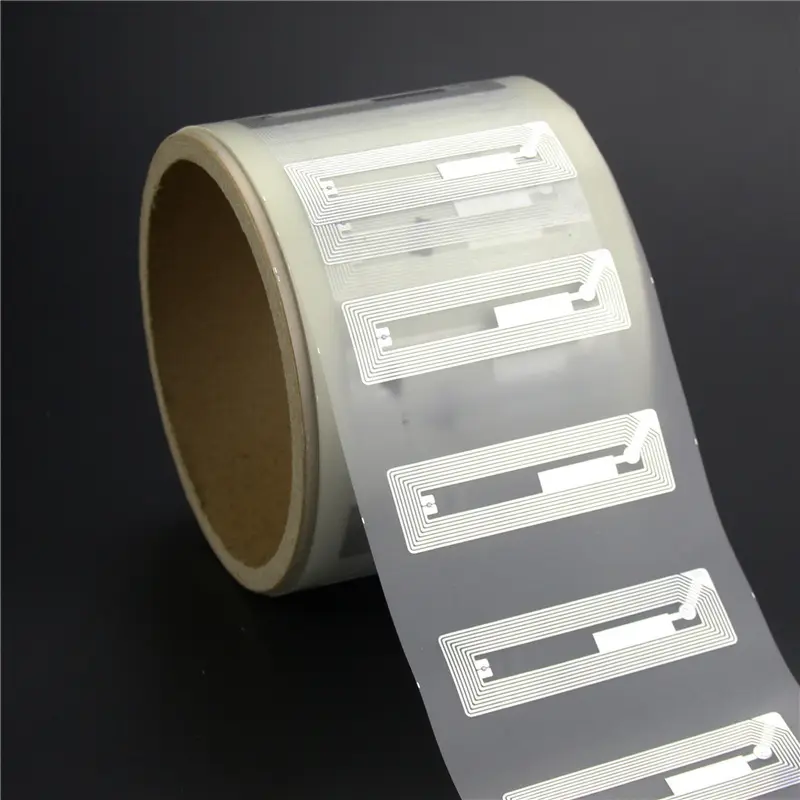Radio-frequency identification (RFID) technology stands as a cornerstone in modern asset management, logistics, and retail operations. Amidst the RFID landscape, three primary components emerge: wet inlays, dry inlays, and labels. Each plays a distinct role, boasting unique attributes and applications.
Deciphering RFID Wet Inlays:
Wet inlays embody the essence of compact RFID technology, comprising an antenna and chip encased in an adhesive backing. These versatile components find their niche in discreet integration within substrates such as plastic cards, labels, or packaging materials. With a clear plastic face, RFID wet inlays seamlessly blend into their surroundings, ideal for applications requiring inconspicuous RFID functionality without compromising aesthetic integrity.
Unveiling RFID Dry Inlays:
RFID Dry inlays, akin to their wet counterparts, feature an antenna and chip duo but come devoid of adhesive backing. This distinction allows for greater flexibility in application, as RFID dry inlays can be directly adhered to surfaces using alternative adhesives or embedded within materials during manufacturing processes. Their versatility extends to various substrates, offering a solution for RFID integration where the presence of adhesive backing may be impractical or undesirable.
Exploring RFID Labels:
In the realm of comprehensive RFID solutions, labels emerge as a holistic approach, encompassing both RFID functionality and printable surfaces. Comprising an antenna, chip, and face material typically crafted from white paper or plastic, RFID labels provide a canvas for the fusion of visible information and RFID technology. This amalgamation facilitates applications requiring human-readable data alongside RFID functionality, such as product labeling, inventory management, and asset tracking.
Distinguishing Use Cases:
The differentiation between RFID wet inlays,RFID dry inlays, and RFID labels is rooted in their distinct characteristics and intended applications. Wet inlays excel in scenarios necessitating discreet RFID integration, leveraging their clear plastic face to seamlessly merge with substrates. Dry inlays offer enhanced versatility, catering to applications where adhesive backing may pose limitations. RFID labels, with their printable surfaces, cater to endeavors demanding the symbiosis of visible information and RFID technology.
Conclusion:
As RFID continues to permeate industries, understanding the nuances between wet inlays, dry inlays, and labels becomes imperative. Each component brings its own set of capabilities to the table, tailored to address specific requirements within diverse applications. By navigating the landscape of RFID components, businesses can harness the full potential of this transformative technology, optimizing operations and unlocking new realms of efficiency and innovation.
Post time: Feb-26-2024


